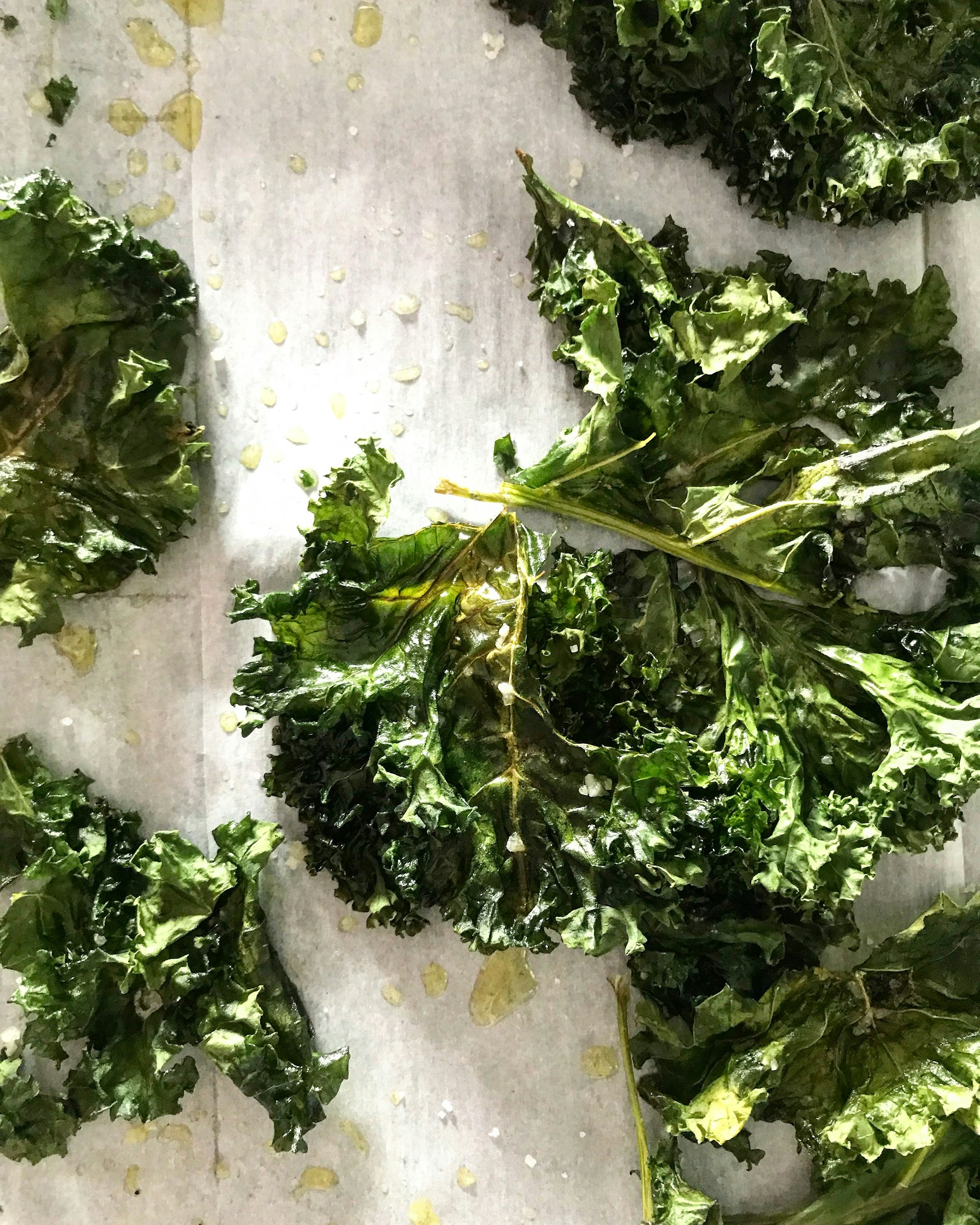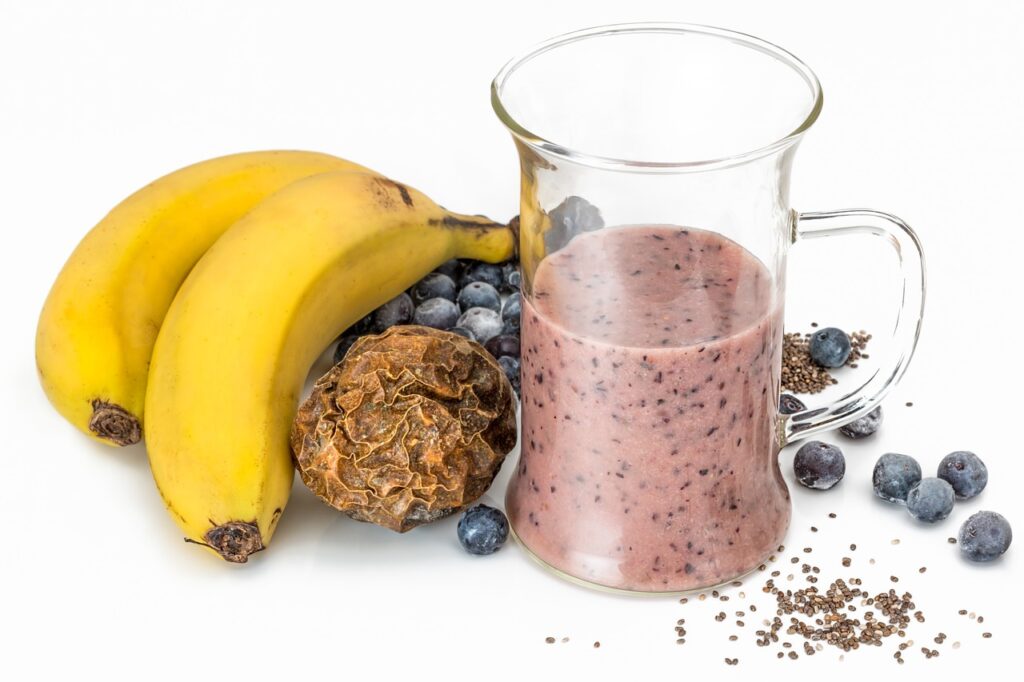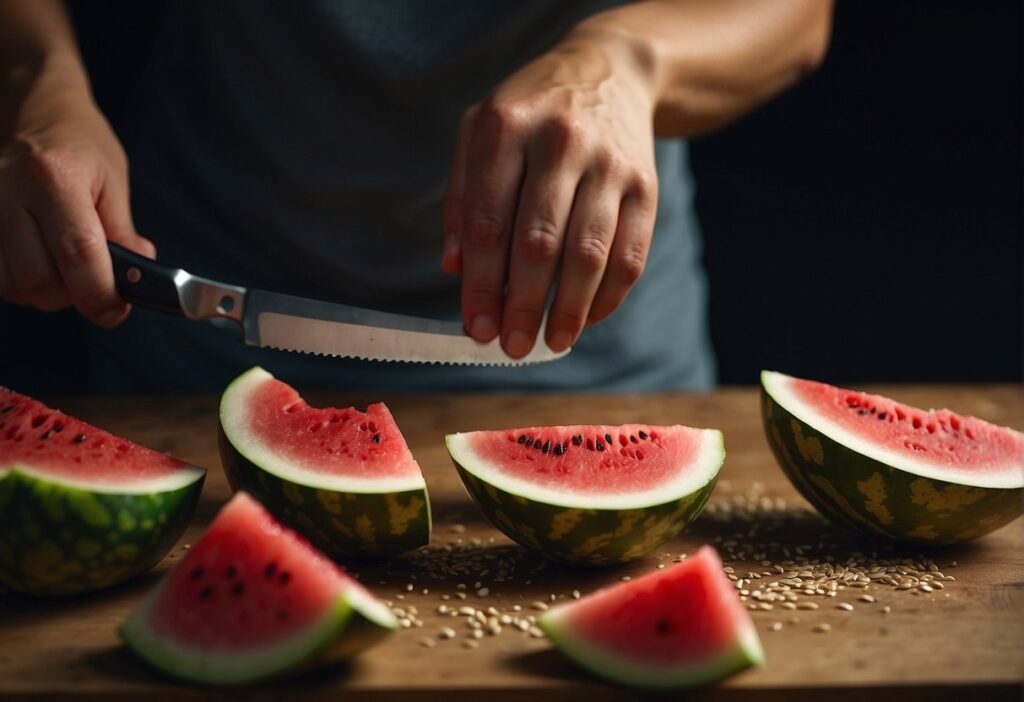
Kale, a nutrient-packed leafy green, is a staple in many kitchens. But how can you tell if your kale is still fresh and safe to eat? This comprehensive guide will provide you with all the information you need to ensure you’re enjoying your kale at its best. From storage tips to spotting signs of spoilage, we’ve got you covered. Keep reading to discover how to make the most of this versatile vegetable and never question its freshness again.
How Should You Store Kale to Keep It Fresh?
Storing kale correctly is crucial for maintaining its freshness. Kale leaves should be kept in a crisper drawer of your refrigerator, ideally in an airtight container or wrapped in a damp paper towel to retain moisture. This method can help extend the shelf life of kale significantly. It’s important to note that kale should not be washed before storing as the excess moisture can promote spoilage. Instead, wash kale just before you’re ready to use it.
Can You Eat Yellow Kale?
While yellow kale may not be as visually appealing, it can still be safe to eat depending on the extent of the yellowing. If only a few leaves are yellow, remove them before using the rest. However, if the entire bunch is yellow, it’s best to discard it. Yellowing is a natural part of the aging process for kale, but it can also indicate that it has lost some of its nutritional value.
The Best Ways to Freeze Kale for Longevity
Freezing kale is a great way to preserve its nutrients and extend its usability. To freeze kale, wash and dry the leaves thoroughly, then blanch them in boiling water for a few minutes. After cooling, place the kale in freezer bags and store it in the freezer. When you’re ready to use the frozen kale, it doesn’t need to be thawed; it can go directly into your cooked dishes like soups and stews.
How to Wash Kale and Why It’s Important
Washing kale is essential to remove dirt and potential pesticides. Submerge kale leaves in a bowl of cold water, swish them around, and then rinse under running water. Pat dry before storing or using in your recipes. This process not only cleans the kale but also helps to rehydrate the leaves, making them crisp and refreshing.
Recognizing When Kale Has Gone Bad
Kale has gone bad when it becomes slimy or develops a foul odor. If your kale smells like sour eggs or has a slimy texture, it’s a clear sign that it’s no longer good to eat. Other signs include dark spots or mold. If you see any of these indicators, it’s best to discard the kale to avoid the risk of foodborne illness.
Is It Safe to Eat Kale That’s Gone Bad?
Consuming bad kale can lead to foodborne illness. If you suspect your kale is spoiled, it’s best to err on the side of caution and throw it away. Eating spoiled kale can result in symptoms like nausea, vomiting, and diarrhea. It’s not worth the risk, especially when kale is relatively inexpensive and easy to replace.
How to Tell If Kale Is Bad: The Key Signs
To tell if kale is bad, look for discoloration, a slimy texture, or an off smell. These are indicators that the kale is no longer fresh and should not be consumed. Fresh kale should be firm, deeply colored, and free of any unpleasant odors. If you’re in doubt, it’s better to be safe and discard any kale that doesn’t seem right.
The Different Types of Kale and Their Shelf Lives
There are several types of kale, including curly kale, lacinato kale, and red Russian kale. Each type has a slightly different shelf life, but generally, kale can last up to a week in the fridge if stored properly. Curly kale tends to be hardier, while lacinato, also known as dinosaur kale, is more delicate and may have a shorter shelf life.
Picking Out the Best Kale at the Grocery Store
When buying fresh kale, choose bunches with bright green, crisp leaves. Avoid kale with yellow or brown spots, as these are signs of aging. The stems should also be firm and not bend easily. If possible, opt for organic kale to reduce exposure to pesticides.
The Proper Way to Store Kale in the Fridge
To store kale properly in the fridge, keep it unwashed in an airtight container or wrapped in a paper towel. This method helps maintain freshness and prevents wilting. If you’ve bought bagged kale, it’s often pre-washed and can be stored directly in the fridge. However, if the bag is damaged or the kale is starting to turn, transfer it to a new bag or container.
The Benefits of Eating Fresh Kale
Fresh kale is rich in vitamins and antioxidants. Including kale in your diet can provide numerous health benefits, such as improved digestion and a strengthened immune system. Kale is also high in fiber, which can help with weight management and cardiovascular health.
How Long Does Kale Last in the Fridge?
Typically, kale can last about 5-7 days in the fridge. However, this can vary based on how the kale is stored and its freshness when purchased. To maximize the shelf life, store kale in the coldest part of your fridge and away from ethylene-producing fruits like apples and bananas, which can accelerate spoilage.
What Happens When Kale Goes Bad?
When kale goes bad, it loses its nutritional value and can develop harmful bacteria. Consuming spoiled kale can lead to food poisoning. The texture and flavor of the kale will also deteriorate, making it unappetizing and potentially dangerous to eat.
Is It Okay to Eat Kale That’s Starting to Turn?
If your kale is just beginning to turn, it may still be safe to eat. Remove any yellow or damaged leaves and use the remaining fresh kale promptly. If the kale is only slightly wilted, it can still be used in cooked dishes where the texture is less noticeable.
How to Keep Kale Fresh Longer
To keep kale fresh longer, store it in the fridge immediately after purchase, and keep it dry. Using kale chips or adding kale to soups are great ways to use up kale that’s starting to wilt. Additionally, you can massage kale with a bit of oil and salt to tenderize it and extend its usability in salads.
Summary: Key Points to Remember About Kale Freshness
- Store kale in a cool, dry place, preferably in the fridge.
- Yellow or slimy leaves are signs that kale has gone bad.
- Freeze kale to extend its shelf life.
- Always wash kale thoroughly before use.
- Fresh kale should have a vibrant green color and crisp texture.
Remember, the key to enjoying kale is knowing how to store it and recognizing the signs of spoilage. With these tips, you’ll be able to keep your kale fresh and delicious for as long as possible. Enjoy your greens.




